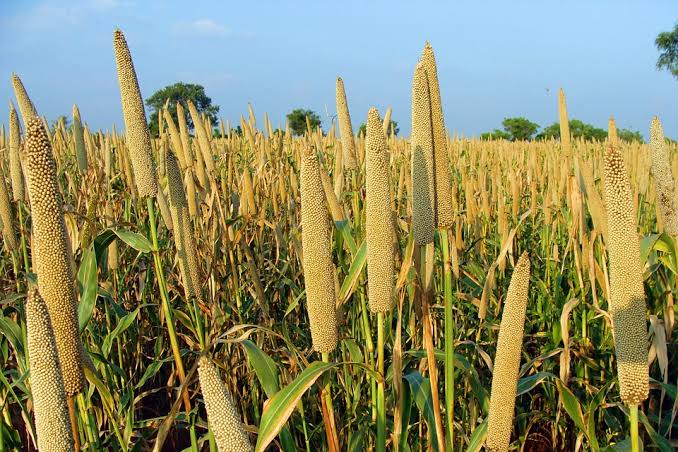Uncertain climate and variability in rainfall have led to crop damage in many parts of the country this year. There are extreme events in the weather, sometimes leading to heavy rainfall and drought. To fight this climate change, government is urging farmers to cultivate millet in India.
Increased millet cultivation will help in recovering the depleting water table in India. Water table in India is decreasing due to increased cultivation of paddy and wheat by farmers.
The Action
PM Modi emphasized the concept of the Millet Revolution at Yoga Award Ceremony. He further added that AYUSH will play an essential role in achieving the target of making the Indian economy worth 5 trillion. The uncertain rainfall in parts of Madhya Pradesh encouraged small farmers to cultivate millet that is less sensitive to the changing climatic conditions.
SAF-BIN, Strengthening Adaptive Farming in Bangladesh India and Nepal, plays a significant role in creating awareness for the same. Several farmers oriented under this organization adopted the cultivation of ‘lost grains’ such as millet, ragi, jowar, and sorghum. Group of UK scientists research named ‘TIGR2ESS‘ suggested growing millet for food security of India in future.
Nutritional Aspect
Indians have been consuming millet for a long time. It was after the Green Revolution when millet and several other local grains were tagged as poor. Thus, its demand decreased. But today, it is eaten as a ‘superfood’ and is highly demanded in the world.
Millet is a good source of protein and Vitamin b. It has a high content of fiber and is low on the glycemic index making it a good option for the diabetic. It is a rich source of iron and improves the mental abilities of attention and retention. Regarding sustainable farming, it retains water in the soil thus requiring less water for the growth. It grows in low fertile soil, arbitrary soil conditions, high temperatures and on the mountainous region. Hence, it not only replenishes the treasure of nutrition but also contributes to the income of the farmers.
According to reports, the production of millets is decreasing despite the increase in its MSP. The area under millet cultivation decreased to 14.72 million hectares. This is because of its less demand and higher profit from a greater yield of wheat and rice.
To sum up, it is high time now to adopt sustainable farming practices to rejuvenate the soil and maintain food security in the country.

